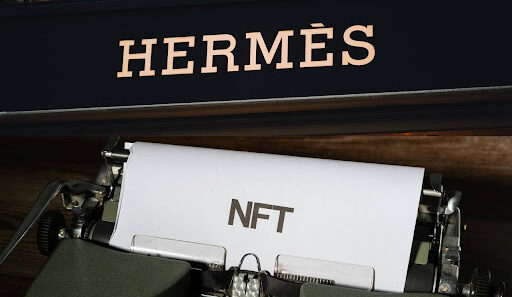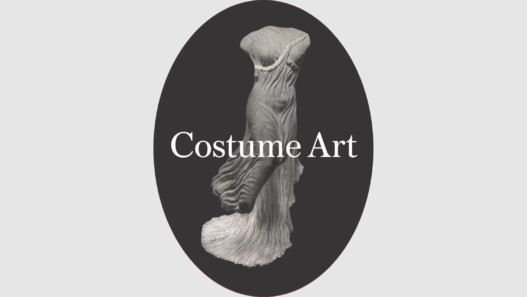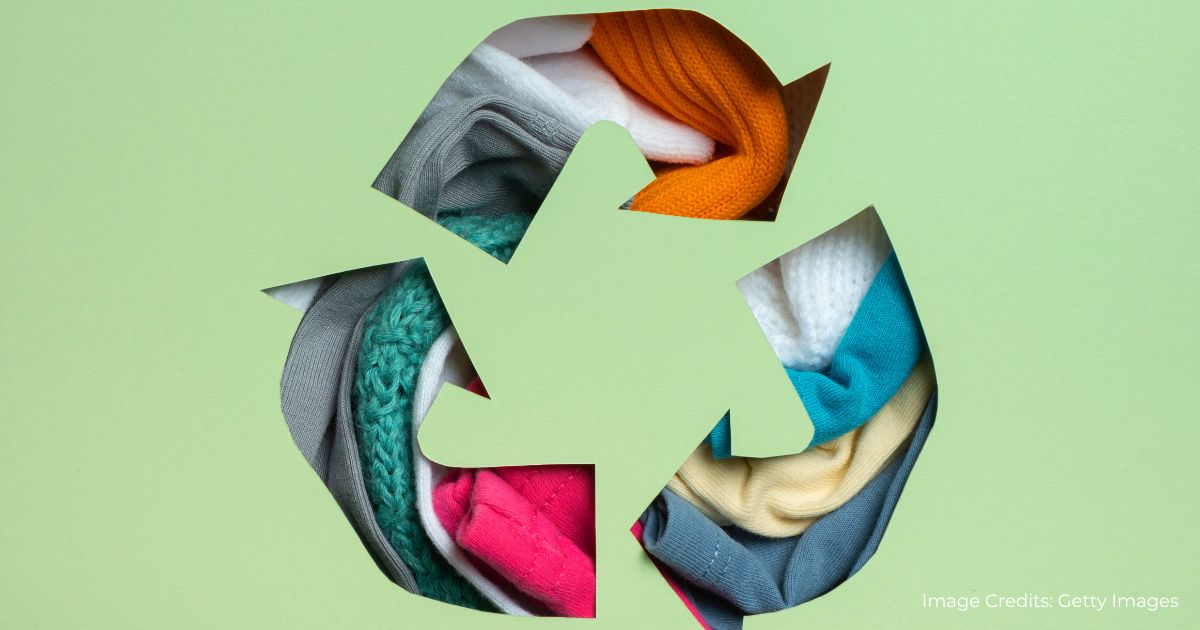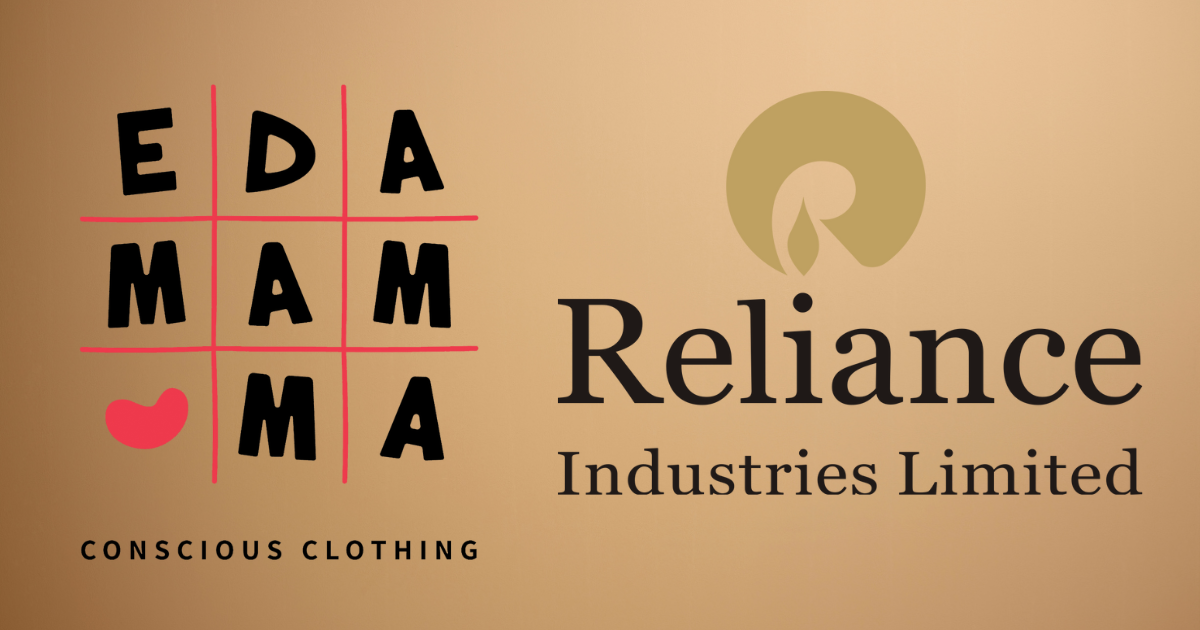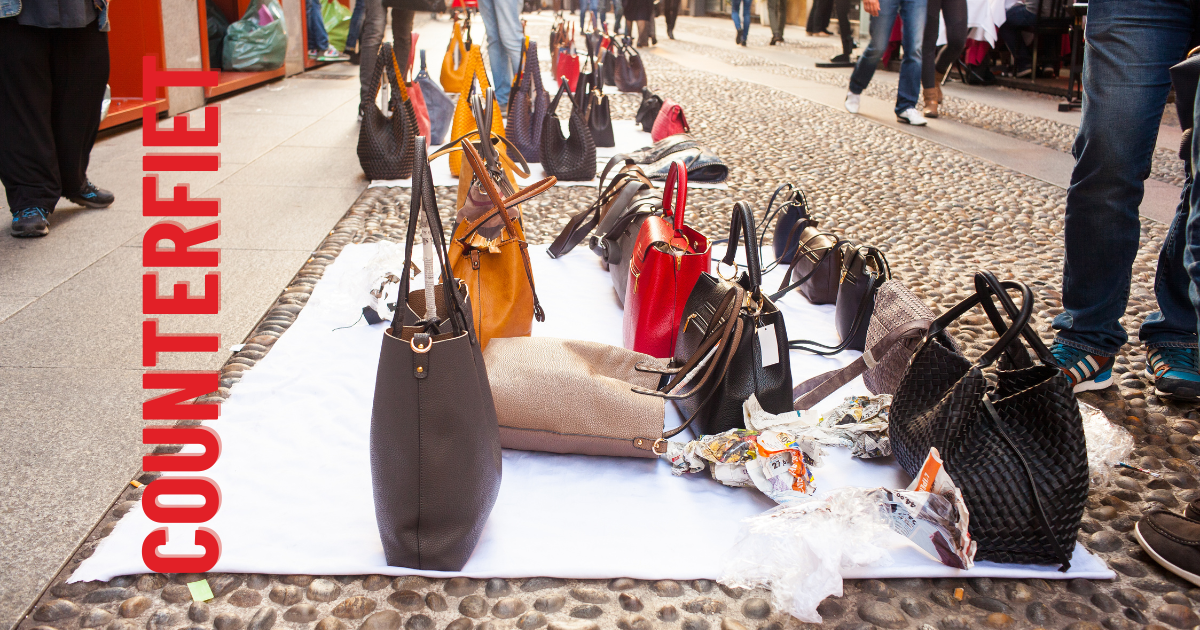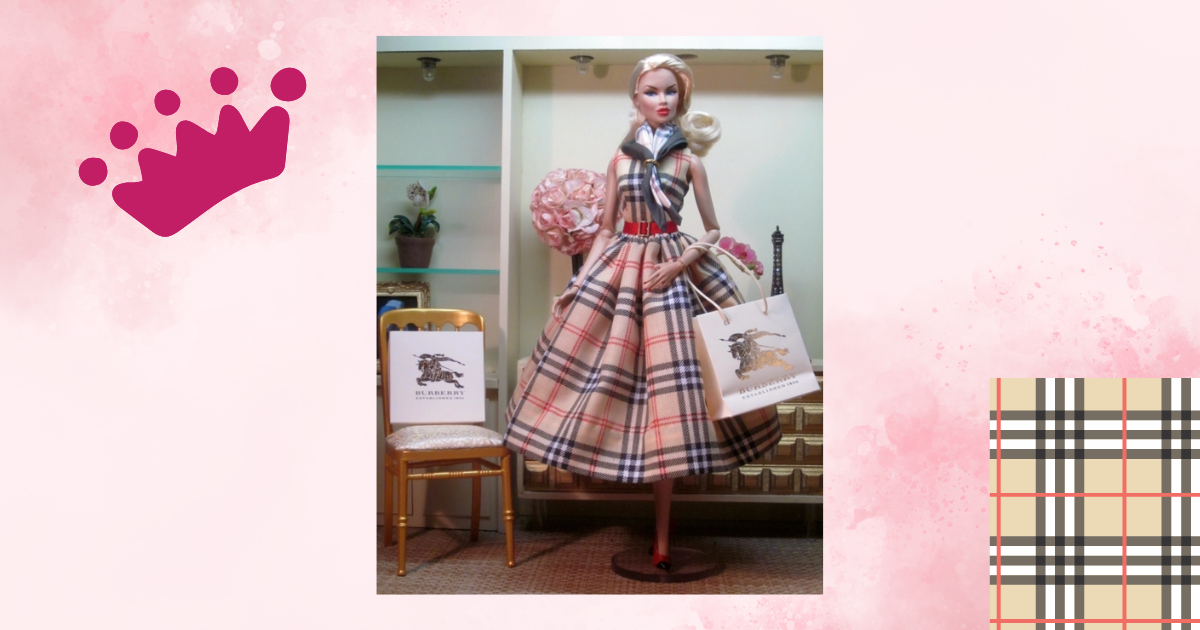How to reduce the waste through a new life – the European Union practices and regulations
We will need another planet to manage all the waste we generate.
We will need another planet to procure our incessant need for more raw materials.
We will need another plant to hop on when we have managed to destroy this one.
It is pertinent that we wake up, and take less from nature without replenishing her. We must make sure that our waste is transformed into new material.
The 2030 EU Biodiversity Strategy, which is a core part of the European Green Deal, provides member states with binding targets to restore degraded ecosystems.
In the long walk of the fashion sector towards a more regulated industry with less waste and pollution, with more transparency and traceability, circularity and regard for biodiversity, we will systematically address in three sequel articles three fields, hoping to shed some light on the following issues:
– Leather: End-of-Life possibilities
– Garments End-of-Life possibilities
– Greenwashing in Fashion
The re- and upcycling of all pre-consumer products and leftover production materials that remain unsold and stored in gigantic warehouses, oftentimes destined for landfill (usually fast fashion) or incineration (usually luxury fashion to maintain brand image and value) is a necessity that cannot be postponed. According to the EU Directives, unsold stock and materials need to be sorted and divided into reuse, repair, recuperation and recycling (4R’s). Recycled Raw Material (RRM) can be reintroduced into the value chain, recreating valuable material. There is a strong tendency in the Industry to break free from the linear Take, Make and Waste Model towards a fully Circular Model.
The EU is slowly implementing laws to regulate waste in the industry and push for circularity of materials. The specific laws the EU has implemented are as follows:
- The EU Waste Framework Directive (Directive 2008/98/EC of the European Parliament and of the Council of 19 November 2008) sets mandatory targets in Article 11 Paragraph 2 for general municipal waste reuse and recycling of 55% by 2025, 60 % by 2030 and 65 % by 2035.
Article 8a states that Member States must implement general minimum requirements for extended producer responsibility (EPR) and ensure that waste holders are informed about waste prevention measures, centers for reuse, take-back systems and prevention of littering.
- The EU Packaging and Package Waste Directive [Directive 94/62/EC of the European Parliament and of the Council of 20 December 1994] in Article 6 Paragraph 1 introduces minimum targets by weight for recycling specific materials contained in packaging waste that should be attained by 2030 (i.e. plastic, wood, ferrous metals, aluminum, glass, paper and cardboard).
- The Landfill Directive (Directive 1999/31/EC of the Council of 26 April 1999) requires, in Article 5 Paragraph 5 Member States to reduce to 10% or less their total amount of municipal waste landfilled by 2035. Member States are required, as per Article 15a, to use economic incentives, among other measures, to incentivize the application of the waste hierarchy. It is worth noting the preamble, Paragraph 2, of Directive 2018/850 of the European Parliament and of the Council of 30 May 2018 amending directive 1999/31/EC. It requires Member States to ensure that waste reduction fits into an integrated policy to guarantee sound application of the waste hierarchy that will enhance a shift towards prevention of waste, including reuse, preparing for reuse and recycling.
- The 2011 Textiles Regulation (No. 1007/2011 Directive of the European Parliament and of the Council of 27 September 2011) provides guidelines for the use of textile and fiber names, together with correlated labeling and marking of the fiber composition of such textiles as per Article1. The rationale is to provide full traceability and accurate information to consumers, thus contributing to circularity by encouraging the ability to reuse and recycle.
In France, the AGEC law (Loi Anti-gaspillage pour une économie circulaire) enacted on February 10, 2020 aims to transform the current economy based on “linear” model (produce, consume, dispose) into a “circular” economy. It rests on 5 principles that will gradually come into effect from 2021 to 2040: phasing out disposable plastics, better consumer information, combating waste and promoting reuse, action against planned obsolescence, better production.
Legislative Decree n. 116/2020 in Italy adopts more restrictive provisions than the EU Waste Framework Directive and the Packaging and Package Waste Directive. This law will outlaw the non-sorted collection of textile waste by 2025. It further extends the general minimum requirements for producer liability systems in Article 178 and requires municipalities to provide collection points for fabrics and clothes. The Italian Legislative Decree n. 228 of 30 December 2021 stipulates the requirements for environmental labeling for packaging to be implemented as of January 2023.
The present EU and Member States laws show progress towards achieving the goals of the European Green Deal and the New Circular Economy Action Plan that include the Digital Passport Product Initiative aimed at gathering data on a product and its supply chain, giving support to a sustainable & traceable production.
Sustainability by Design
If we step back a minute and remember our parents and grandparents, and think of the garment-making tradition, we see that the sustainability and durability of a garment start with its conception and design, the choice of materials to be used to avoid unnecessary wastage. Sustainability was born out of necessity at that time, where nothing was to be wasted due to the value and scarcity of raw materials. Tailors studied how they could use every inch of the fabric or leather hide before cutting and stitching it together. Today with a world population at approx. 9 billion, the fashion industry produces 100 billion garments yearly, many of which will end up in landfill after one use. This enormous overproduction has placed fashion amongst the top polluting industries in the world with larger annual GHG emissions than France, Germany and the UK combined. The industry’s main pollution derives mainly upstream, meaning in the process of sowing, fertilizing, harvesting for natural fibers (Cotton, Silk), overgrazing and subsequent erosion of soil for animal fibers (wool/cashmere/alpaca), “responsible forestry” (i.e. deforestation of ancient forests) for man-made fibers (Lyocell, Viscose) or oil extracting (Polyester, Polyamide etc.). The ensuing procedure of dyeing and chemically treating of fibers/threads/fabrics adds even more weight to the environmental pollution.
We need to return to more thoughtfulness and add to that recipe the safeguarding of raw materials, maintaining their value as long as possible. We need to responsibly decide the proper End of Life treatment in a circular mode to maintain more balance on our blue planet. We need to consume less. The problem is that “oftentimes we throw away more than we use” (Bob McDonald, The Future is Now: Solving the Climate Crisis with Today’s Technologies, 2022)
Leather
Let us now deep-dive into the subject of Leather and its afterlife. Leather is mostly a by-product of the food industry according to the leather industry to justify its ethical standing. Leather needs to be tanned to achieve its durability and character. Generally speaking, we discern among chrome-tanned, metal tanned leather and naturally-tanned leather. Then we again discern between naturally dyed (vegetal or mineral) leather and chemically dyed leather. Additionally, treatments can be applied, by specific coating (chemical or natural). Once the leather hides are ready for use, they are cut into the programmed patterns and stitched up. Et voilà…a beautiful bag, pair of shoes, purse or jacket is ready. There is an approx. 30% of wastage when cutting leather since only the central part of the hide is used. Every year 1 billion square meters of leather scraps are produced worldwide in the manufacturing of bags, shoes, seat covers and other leather goods. Technologies are being developed to minimize wastage when cutting the hides, but they still need to be scaled for their impact.
Increasingly, leather scraps are being collected, sorted or sent for recycling.
One virtuous example is Zerolab outside of Florence in Italy, upcycling small leather scraps by designing beautiful small leather items. Hermès has been one of the pioneers in coming up with creative ideas regarding leather scrap wastage by launching Le petit H in 2010, creating One of a Kind pieces. Coach has just launched Coachtopia, creating small leather accessories from reworked and recycled handbags and shoes.
Now let us add this drop into our mix: we need to differentiate between pre and post-consumer leather items.
Pre-consumer means an oven-fresh pair of shoes that remains unsold but is brand new.
Post-consumer means, the shoes have been worn a lot and are heading for a remake or repair treatment, and only if absolutely unavoidable, for proper recycling.
Depending on pre-or post-consumer items, the recycling or upcycling process will be decided. In the best-case scenario, pre-consumer leather will need to be subdivided into Metal, Chrome or Natural Tanned Leather.
Natural Tanned Leather is naturally full of azot and can be turned into soil fertilizer for agriculture or alternatively after shredding into Recycled Leather for the Fashion Industry or Automobile, which has extremely strict regulations.
Coated Leather or Chemically treated leather can only be pulverized into floor paneling for sports camps or insulation panels for construction, as it is so far impossible to divide the components from each other.
Now: all Metal, Chrome and Natural Dyed Leather can be divided by color, shredded, pulverized and upcycled into New Recycled Leather, binding it with additives (bio-based in a best-case scenario) and thermo-pressed. It results in a “leather fabric roll”- where thickness, texture, color and width can be customized.
If the Chrome cannot be separated when shredding/pulverizing- the Recycled leather will always contain small percentage.
The Carbon Footprint and Water Usage is depending on the technology of the chosen recycling partner. The higher the percentage of recycled leather, the better its quality will be. Recycled Leather can be recycled again if treated accordingly. To ensure quality, the recycled leather will need to be tested for abrasion, resistance and longevity. Recycled Leather is a very affordable material.
Postconsumer Leather is another topic. Hopefully, you will value your leather possession for a long, long time. Many luxury houses such as Burberry offer repair and refresh services of their leather items. However, there will be a moment, inevitably, when your beloved leather item will arrive at the end of its life beyond repair. Decent parts could be made into small leather items such as knife protections or an elbow patch. But where do you take your leather item for recycling when usage and decay have taken their toll? Hkrita, an award winning Japanese company, has recently invented a process to recycle end-of-life leather, removing free chrome by transforming it into a soluble or complex compound, and recreating recycled leather by bio-binding the shredded leather particles with protein or sugar under mild conditions. It is biodegradable, resulting in a “virtuous circle” for post-consumer leather recycling.
With the EU Waste Framework Directive being put into place, laws regarding End of Life treatment will hopefully soon be implemented at a nationwide level.
Authors:
 Ingrun von Keudell– With over 20 years of Women’s Design and Production Experience in Luxury Fashion, both in the US (Ralph Lauren) and Europe (Etro, Founder of Opaline), Ingrun von Keudell co-founded Greene Circles in 2022 to push for more collaboration towards circularity in the fashion industry. Greene Circles has hosted events in Paris, Milan and New York. She also works as a consultant/coordinator on circularity & sustainability in the Fashion Industry with a focus on recycling/upcycling (ReValorem) and tech & material innovation, specialized in the Italian market. Ingrun holds a BFA from Parsons School of Design and an Emeritus from Bocconi, she is German, raised in India and now lives in Milan with her family.
Ingrun von Keudell– With over 20 years of Women’s Design and Production Experience in Luxury Fashion, both in the US (Ralph Lauren) and Europe (Etro, Founder of Opaline), Ingrun von Keudell co-founded Greene Circles in 2022 to push for more collaboration towards circularity in the fashion industry. Greene Circles has hosted events in Paris, Milan and New York. She also works as a consultant/coordinator on circularity & sustainability in the Fashion Industry with a focus on recycling/upcycling (ReValorem) and tech & material innovation, specialized in the Italian market. Ingrun holds a BFA from Parsons School of Design and an Emeritus from Bocconi, she is German, raised in India and now lives in Milan with her family.
 Mario Di Giulio is a member of the Scientific Committee and visiting lecturer (Ethics and Fashion Law) at the Fashion Law Master held by LUISS University in Rome. He is adjunt professor of Law of Developing Countries at Cambus Bio-Medico University. Partner at Pavia e Ansaldo Law Firm, he is co-founder and Vice President of The Thinking Watermill Society, a non profit organization focused on technological innovation and sustainability matters.
Mario Di Giulio is a member of the Scientific Committee and visiting lecturer (Ethics and Fashion Law) at the Fashion Law Master held by LUISS University in Rome. He is adjunt professor of Law of Developing Countries at Cambus Bio-Medico University. Partner at Pavia e Ansaldo Law Firm, he is co-founder and Vice President of The Thinking Watermill Society, a non profit organization focused on technological innovation and sustainability matters.





